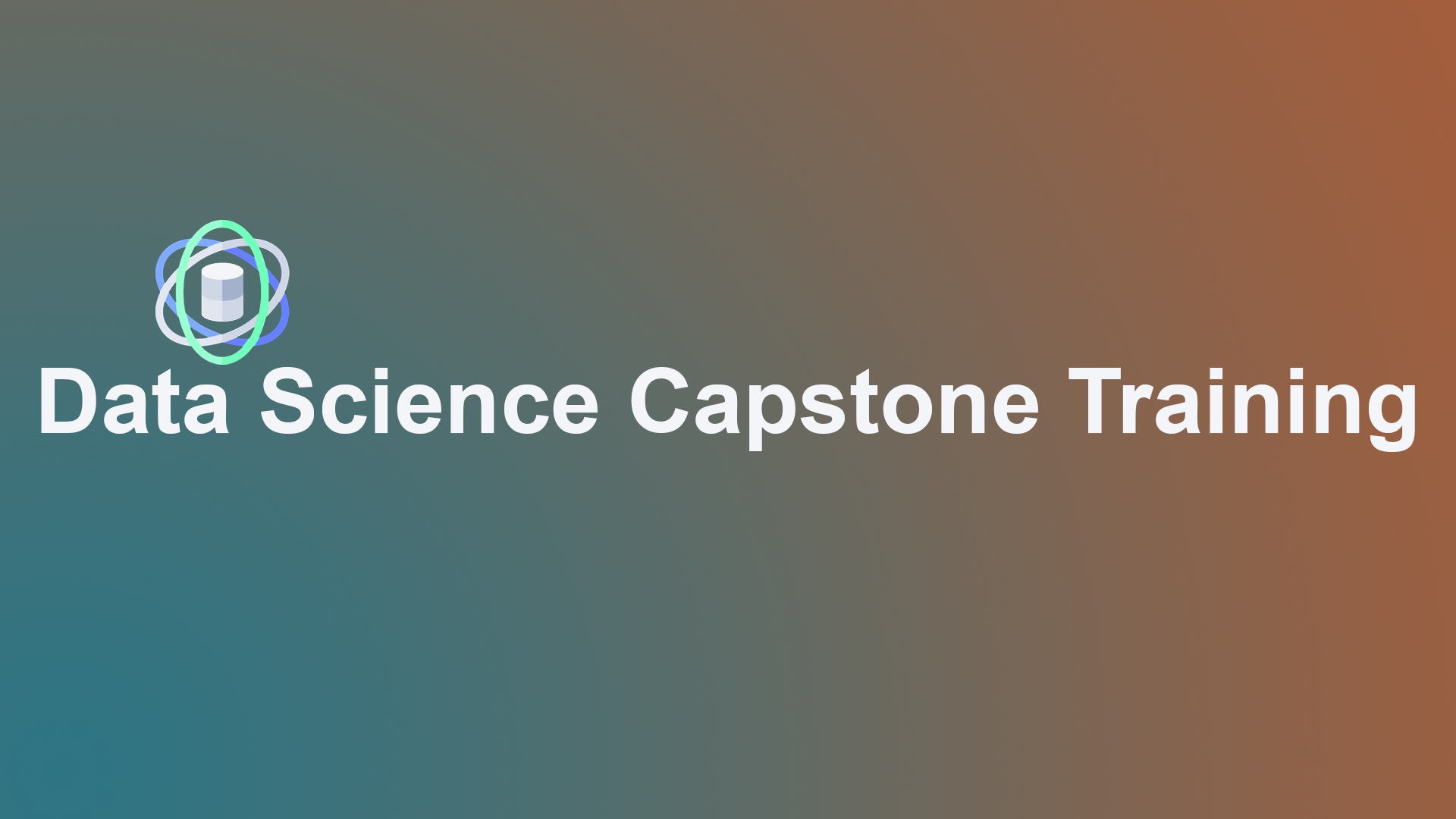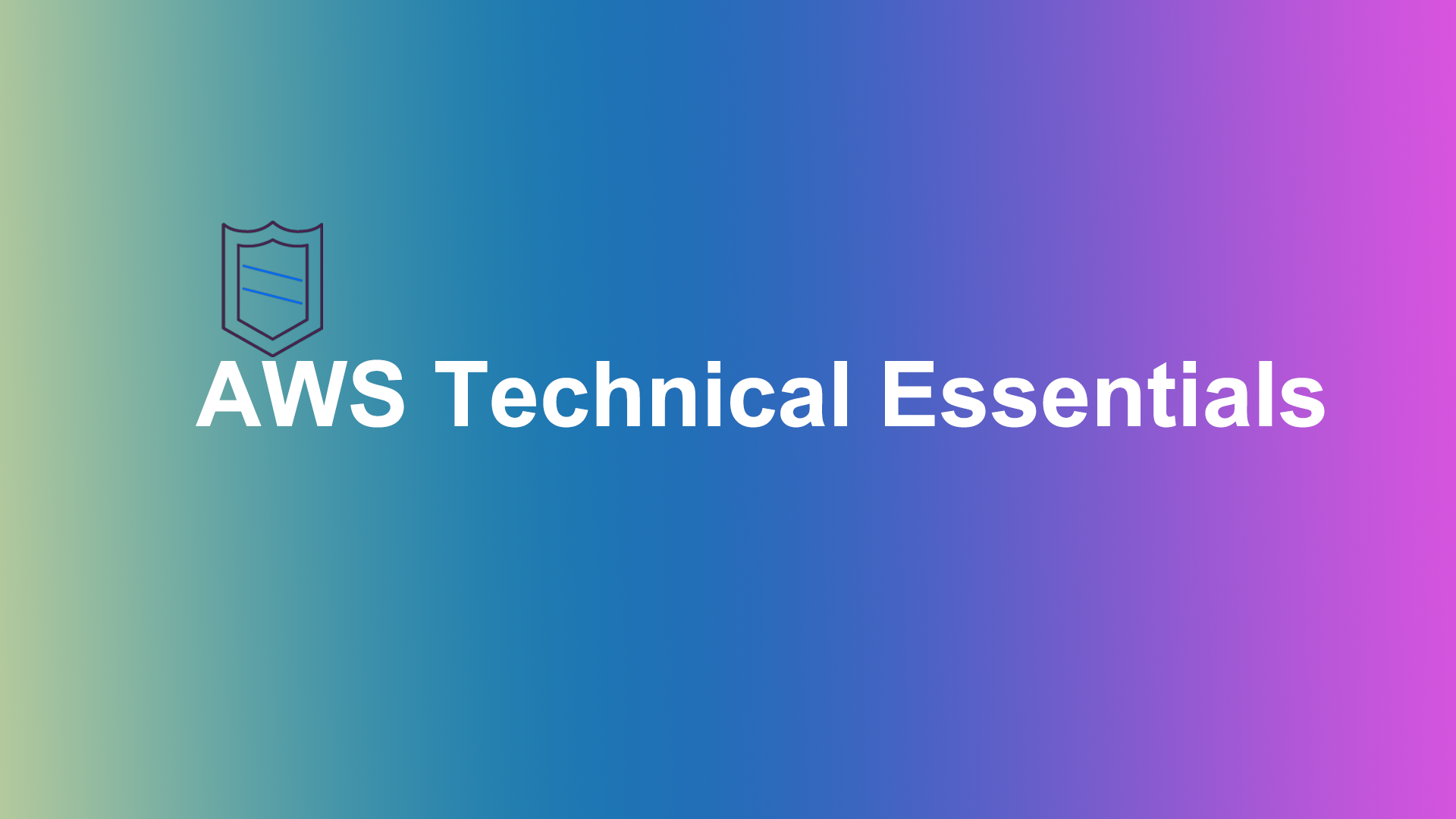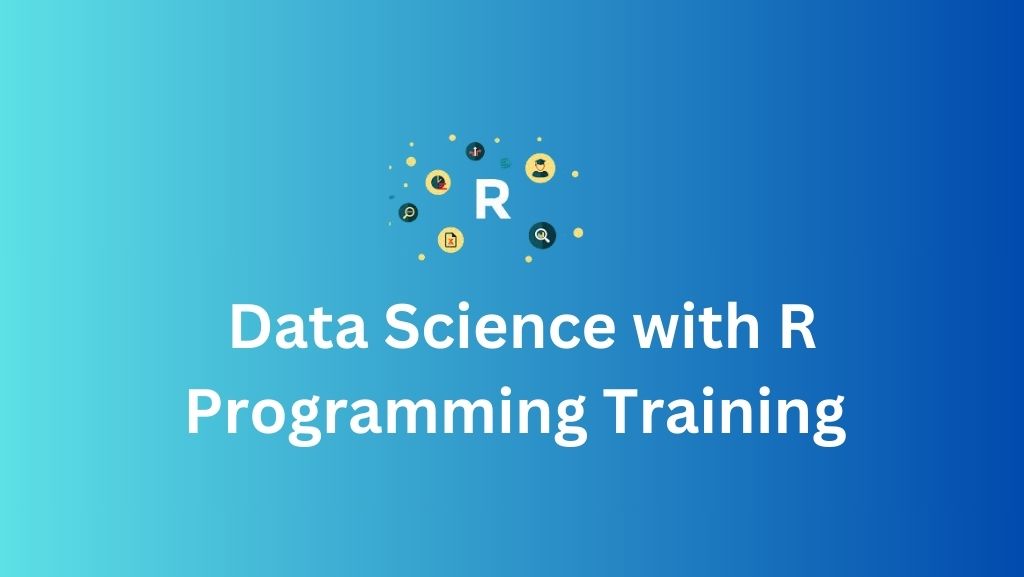Upcoming Batches for Software Testing Fundamentals
Not compatible with the above dates?
Software Testing Fundamentals Course Details
If you want to learn how to create unique applications, take advantage of this course on software testing from ZX Academy. Your ability to comprehend and approach development and testing strategically will improve with this training. Your introduction to the full software testing life-cycle is the goal of this course. It will cover various testing levels, test environment configuration, test case design methodology, test data generation, test execution, bug reporting, DevOps CI/CD pipeline, and other key software testing ideas.
As such, Understanding the many stages of the software development life cycle (SDLC) and its various models is possible with ZX Academy's Software Testing online course. Addresses such as "What is testing and why is it important?" are also covered in the testing course. You will comprehend testing strategy, its various stages, and how to record the development process by the end of the course. To improve your abilities and assess your progress and receive a certificate of course completion, enroll in ZX Academy's Software Testing Fundamentals course.
Highlights of Software Testing Fundamentals Course
Individualized Sessions
In-depth understanding of the many topics covered in the course will be obtained through self-paced learning.
Real-World Case Studies
A live project that incorporates the application of different Software Testing techniques and is based on any of the chosen use cases.
Assessments
A test to gauge your learning will be given at the end of each lesson.
Endless Access
You receive lifetime access to the LMS, which contains class recordings, installation guides, quizzes, and presentations.
Forum
All of our students have access to a community forum where they may engage with one another and share knowledge, which helps to enhance learning.
Certification
If your final project is completed successfully, Zx Academy can officially recognize you as a Software Tester.
What will you learn in the Software Testing Fundamentals Course?
By the end of this course you will be able to
- Identify the benefits and drawbacks of the different software testing methodologies.
- Identify when and why testing should be used, and discuss the importance of software testing in the software development process.
- Build efficient test cases, assess their efficacy, and create thorough testing strategies by utilizing your understanding of testing approaches.
- Identify when and why testing should be used, and discuss the importance of software testing in the software development process.
You will study the basic ideas of software testing in this module.
- Overview of software testing
- Recognize the many testing formats, including acceptance, regression, sanity, smoke, interface, unit, integration, and system testing.
- Explain what functional and non-functional testing include.
- An outline of the life cycle of software development
- Testing UI vs. API
- Comparing manual and automated testing
- An overview of creating UI and API test cases
Who should take this Software Testing Fundamentals Course?
Professionals who wish to learn more about software testing can take this basic software testing course or the IT tester course.
- Programmers and Developers of Software
- Managers and System Administrators
- Anybody interested in pursuing a career in IT
- Novices in Software Testing
- Freshers and graduates in IT
- Individuals who are keen to identify errors in web applications
What are the prerequisites for taking a Software Testing Fundamentals Course?
The prerequisites for enrolling in this course are as follows:
- Knowledge of the SDLC
- Knowledge of Java
- You will receive the free self-paced Java Essentials videos to aid in brushing up on these skills.
Why should you go for a Software Testing Fundamentals Course?
The following are the primary justifications for you to choose software testing:
- Software testing aids in assuring that the program satisfies quality standards, which are mostly related to conformity to specifications and expectations.
- Improving User Experience: By spotting usability and functionality problems in the software, software testing aids in the improvement of user experience.
- Compliance: Software testing lowers the risk of legal problems and financial fines by ensuring that the program conforms with industry norms and laws.
- Cost savings: By detecting flaws early in the development process, software testing helps to prevent or minimize expensive rework, redesign, and maintenance.
- Reputation: By preventing embarrassing flaws and guaranteeing high-quality software, software testing contributes to improving the company's reputation
Salary Trends:
Experience, geography, employer, and skill set are some of the variables which influence a software testing engineer's pay in India. Software testers in India typically make INR 3,86,481 a year, according to payscale.com. Professionals with experience earn between INR 8,00,000 and INR 2,00,000 annually in compensation for entry-level roles.Are you excited about this?
Software Testing Fundamentals Curriculum
Some Facts - What a bug in the software can do?
Why do we need testing?
Fundamental of Software Testing QC and QA
Software Testing- Definitions
Testing Glossary
Software Product
FURPS?
Causes of Software Defect
Testing life cycle overview
SDLC vs STLC
Role of Software Testing (Primary Role)
Corrective and Preventive Measures
Role of Software Testing (Secondary Role)
Limitations of Software Testing
Some facts about testing
Software Testing Life Cycle
STLC Phases
Testing Process
What is Test Plan
Principles of Software Testing
Examples of Equivalence Partitioning Technique
How we perform equivalence partitioning
Pros and Cons of equivalence partitioning technique
Boundary value analysis
Example of Boundary value analysis
Decision Table Technique
Example of Decision Table Technique
State Transition Technique
Example of State Transition Technique
Decision Coverage Testing
Condition Coverage Testing
Modified Condition Decision Coverage
Path Testing
Steps For Basis Path Testing
Advantages of Basis Path Testing
Loop Testing
Simple Loop
Nested Loop
Concatenated Loop
Unstructured Loop
Integration Testing
System Testing
User Acceptance Testing
Regression Testing
Smoke or Sanity Testing
Levels of Requirement
Characteristics of Good Requirement
Requirements Review
Requirements Review Activities
Types of Requirements Errors
Black Box Testing
White Box Testing
Test Scenario
Why Test Scenario?
How to Write Test Scenario
Example of Test Scenario
Test Scenario Document
Test Cases
Test Scenario Vs Test Case
Test Case Document
Bug File Cycle
Classification of Bugs
Performance Defects
Usability Defects
Compatibility Defects
Security Defects
Software Defects by Severity
Software Defects by Priority
Test Environment
Key Areas to Setup in Test Environment
Agile Model Vs Waterfall Model
Scrum
Daily Scrum
The Four Values of the Agile
Individual and Interactions Over Processes and Tools
Working Software over Comprehensive Documentation
Customer Collaboration over Contract Negotiation
Responding To Change Over Following a Plan
The Twelve Agile Manifesto principles
Collaborative User Story Creation
Invest Technique
Summary
Important Points of Jira
Practicals
HTTP (Hyper Text Transfer Protocol)
HTTP Features
XML (Extensible Markup Language)
XML Characteristics
JSON (Java Script Object Notation)
JSON Uses
SOAP (Simple Object Access Protocol)
Anatomy of a SOAP Message
WSDL (Web Services Description Language) To Describe a SOAP API
Anatomy of REST?
Practicals
Like the curriculum?
Projects on Software Testing Fundamentals
The Foundations of Our Software Testing and the goal of the training program is to provide high-quality instruction that uses a practical approach to provide strong foundational knowledge on key themes. Learners will be able to undertake real-time projects with optimal practices and build up their skills with the support of this exposure to current industrial use-cases and scenarios.
Project 1:
Start a test version of the website, look for bugs, and test. Fill up the error template xls template found in the assignment section by recording any bugs. Use the comments section to update me on your progress.
Project 2:
Determine the percentage of test cases executed by using the formula that was covered in class. The percentage can also be determined using your own numbers.
Project Resources
Software Testing Fundamentals Certification

Get certification or Get ahead with Zx Academy’s Certification or
Faq’s for Software Testing Fundamentals
You are welcome to attend the missed session in any other ongoing batch.
Reviews
Baylen
Dorothy




